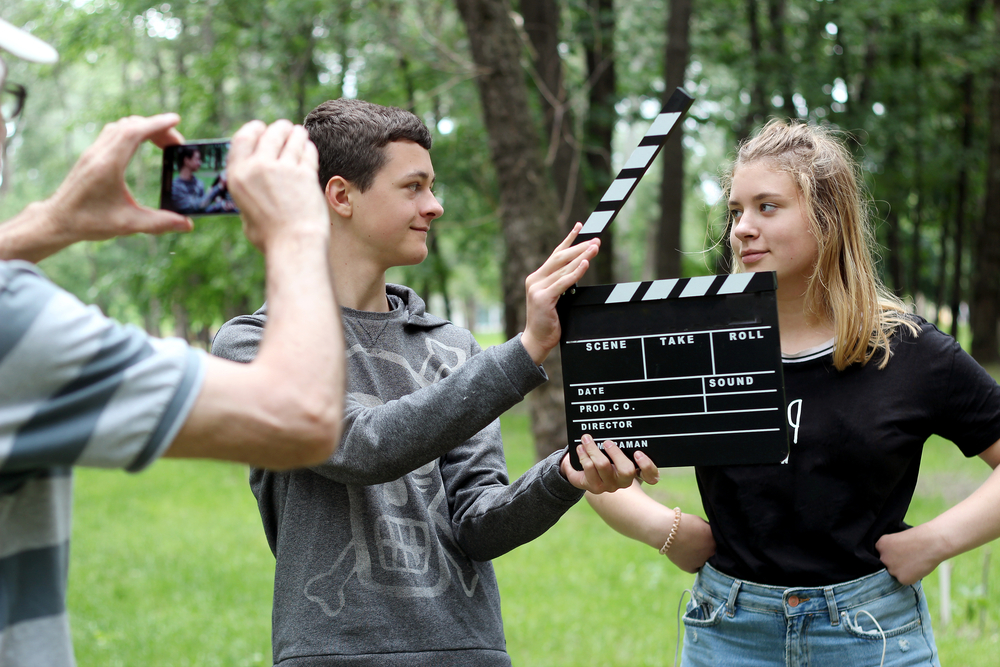According to the Media Literacy Project, “media literacy is the ability to access, analyze, evaluate, and create media.” Educating our students to be experts in media literacy is the best way to prepare them to be critical, independent thinkers in the real world. Reading books and news articles, viewing films and even producing original work are all ways to practice media literacy. As teachers, we can make purposeful choices about the ways we use media to convey information and build skills in the classroom. Here are some ways to engage your students in media literacy. They will help build on existing skills to create confident, media literate individuals.
Start with the basics.
Remind students there are many different forms of media. For example, newspapers, books, music, social media sites, news on television, blogs, art, and movies all serve as examples. Make sure your students are aware of the process of media creation, especially in terms addressing different audiences. Then, help them understand the different commercial, social and political implications media may have. For instance, studying influencers on YouTube and Instagram reveals much about commercial culture.
Lead students to learn by application.
Have students explain or identify concepts present in different situations. That way, they’ll learn more than they’d learn through rote memorization. For example, you could present your students with news articles on the same subject from two different sources. Have them analyze and explain the differences used to communicate the same ideas. This gives students hands-on experience in analysis. It also gives you a way to assess how deeply they understand the foundations of media literacy.
Always talk about the media itself.
Textbooks, news stories, movies: using media in your classroom is a given. Take the opportunity to talk about media itself, not just share it. The greatest lessons of media literacy can be tucked away in these opportunities. For example, you might show a movie about a historical event. You can take this opportunity to discuss how the form of media changes the way the story of the event is told. Then ask them to make their own media telling the story of the event. This will not only help them understand history, it’ll help them understand how history is made and told.
Give your students the opportunity to create their own media.
Group video projects, writing activities and taking and editing photos all allow students an opportunity to create for themselves. In fact, creating their own media and having other students then analyze it makes for an excellent learning opportunity. You could, for instance, assign students to act as news reporters for a day in their community. Task them with writing a short article on an important event or person. In class, have them read and analyze each other’s articles. Ask them to restate what was important about it and how it made them think differently. As a consequence, students will understand the purposeful or accidental implications of media.
For more ideas, check out Media Smarts’ amazing website.
Text by Amy Haupt


